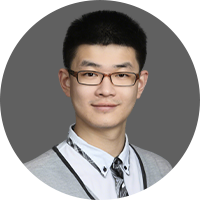Artificial intelligence & robotics
Aston Zhang
Improving AI model efficiency and pioneering Multimodal-CoT to enhance complex reasoning.

Asia Pacific
Jiaming SONG
Leading the development of the video generation model, Dream Machine, and breaking through the boundaries of large-scale AI models.

Global
Jade Abbott
She’s working to ensure that African languages are part of the generative AI boom.

Global
Nazneen Rajani
Her work could make AI models safer and more reliable.

China
Lingjuan Lyu
Developing Sony’s first-ever vision-centric federated learning platform.
